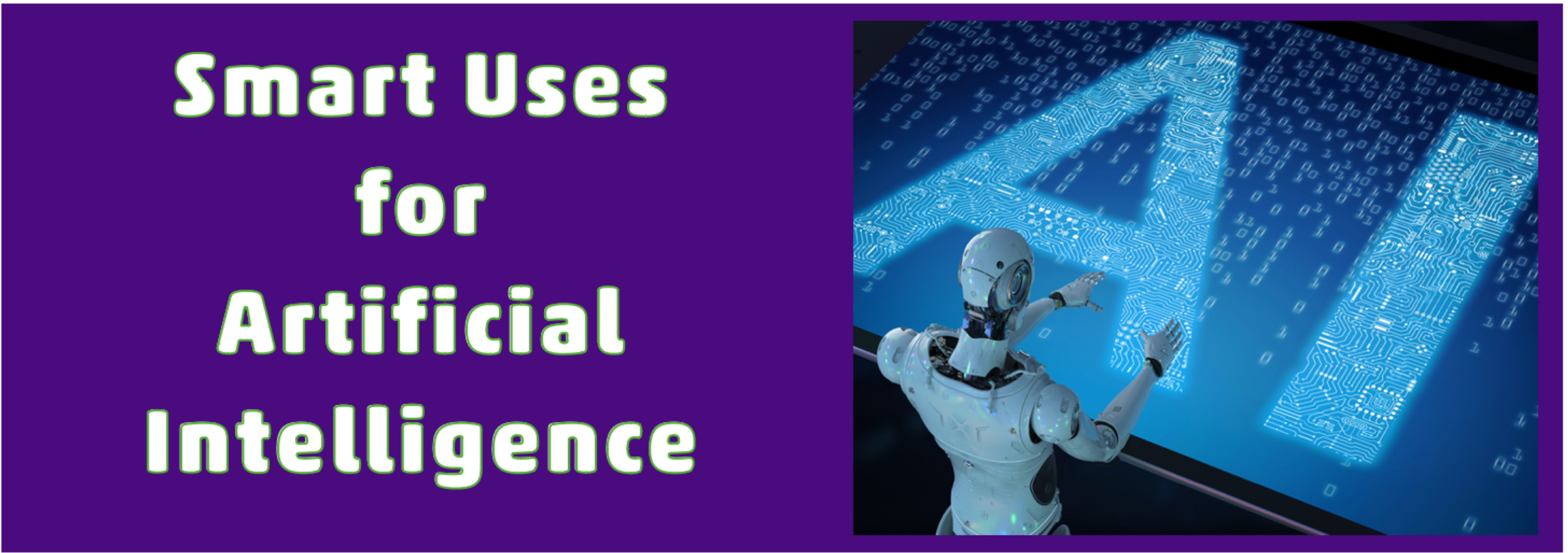The Technology Page:

How Should We Be Assessing AI Learning—And What Are the Challenges for Teachers?
Beyond Code: Rethinking Assessment and Overcoming Barriers in Primary AI Education
If AI is to become a core part of the primary curriculum, we must reconsider how we assess success. Traditional assessment methods—focused on rote memorisation and right/wrong answers—don't align well with the exploratory, ethical, and interdisciplinary nature of AI learning.
Assessing AI understanding requires a broader lens. It's not about whether a child can “code an AI,” but whether they can think critically, reason ethically, and engage meaningfully with AI’s role in their world. Equally important is acknowledging and addressing the very real challenges teachers face in delivering this kind of learning.
What Should We Be Assessing?
1. Conceptual Understanding
Learners should grasp foundational concepts such as:
- What is AI?
- What is data, and why does it matter?
- How do algorithms make decisions?
Assessment Ideas:
- Drawings or diagrams explaining how a smart assistant works.
- Sorting activities where students label examples as “AI” or “not AI”—and justify their reasoning.
“When students can explain how AI learns from data, they’re building both digital and data literacy—essential 21st-century skills.”– Dr. Jinny Rhee, University of California.
2. Critical Thinking and Ethical Reasoning
Understanding how AI works is only part of the goal. We also want learners to question:
- Is it fair?
- Who benefits from it?
- What happens if the data is biased?
Assessment Ideas:
- Group discussions or role-play scenarios: “Should a robot decide who gets ice cream?”
- Written reflections: “What would happen if an AI didn’t work for everyone?”
Research Insight:
Studies show that even 8–10-year-olds can engage with ideas of fairness, bias, and accountability in AI when scaffolded with age-appropriate stories and examples (Druga et al., 2017; Fast & Horvitz, 2016).
3. Creative Application and Problem Solving
Can students design or describe a useful AI tool to solve a real-world problem?
Assessment Ideas:
- Design briefs: “Invent an AI helper for your classroom.”
- Presentations: “How would you teach a machine to tell if a plant needs water?”
These assessments showcase problem-solving, systems thinking, and creativity—all key competencies in both the NZC and global AI frameworks like AI4K12.
4. Collaboration and Communication
AI projects naturally lend themselves to teamwork and effective communication. Evaluate how well students:
- Share ideas and data
- Explain their thinking
- Listen to others’ perspectives
Assessment Tools:
- Peer/self-assessment rubrics
- Group project feedback sheets
- Oral “show and tell” explanations of their AI learning
How to Assess: Practical Strategies for Classrooms
✅ Use Project-Based Learning (PBL)
PBL aligns beautifully with AI education:
- It’s inquiry-driven.
- It encourages iteration and reflection.
- It allows assessment over time, not just at the end.
Example: A term-long AI challenge where students identify a school or community problem, then design and prototype an AI solution.
✅ Develop Rubrics Focused on Thinking, Not Tech Skills
Sample rubric criteria:
- Understands basic AI concepts
- Demonstrates ethical awareness
- Uses data to inform decisions
- Collaborates and communicates ideas
- Reflects thoughtfully on the learning process
These rubrics can be adapted for different year levels, including learners who express their thinking through oral language, visuals, or movement.
✅ Prioritise Formative Assessment
AI learning is exploratory and iterative. Teachers should use formative strategies such as:
- Learning journals
- Check-in conferences
- Peer discussion prompts
The Challenges for Teachers
Despite the benefits, primary educators face significant hurdles when it comes to AI integration:
❌ 1. Lack of Confidence and Training
Most teachers were not trained in AI or computer science, and the field moves quickly.
Solution:
Offer ongoing, bite-sized PLD focused on one idea at a time (e.g., “How do I teach data bias with Year 3?”). Create “teacher first” versions of AI tools for exploration.
❌ 2. Limited Time and Curriculum Pressure
With crowded timetables, many teachers feel there’s simply no space for one more subject.
Solution:
Embed AI into existing curriculum areas. For example, combine digital tech with literacy (storytelling with AI characters) or science (sensor-based experiments).
❌ 3. Resource and Equity Gaps
Not all schools have the same access to devices, internet, or technical support.
Solution:
Start with unplugged activities and equity-focused tools (e.g., CS Unplugged or paper-based AI simulations). Advocate for funding that recognises digital inclusion as a right, not a privilege.
❌ 4. Fear of “Getting It Wrong”
Teachers often feel pressure to be the expert. With AI, this can lead to avoidance.
Solution:
Reframe AI teaching as co-learning. It’s okay to say, “Let’s explore this together.” This model of lifelong learning and healthy humility is in a fast-evolving world.
“We don’t need AI experts in every classroom—we need curious, reflective, empowered educators who can help children ask the right questions.”– Dr. Kate Crawford, AI Researcher, Microsoft & USC
Final Thoughts: A New Kind of Success
We must shift the assessment narrative in AI from ticking boxes to deep understanding, ethical reasoning, and imaginative design.
As with literacy or numeracy, AI understanding builds over the years. It begins with curiosity, grows through experimentation, and deepens with reflective questioning. When we assess those things, not just outputs, we empower learners to thrive in the age of intelligence.
References
- Druga, S., Williams, R., Breazeal, C., & Resnick, M. (2017). “Hey Google is it OK if I eat you?”: Initial Explorations in Child-Agent Interaction. IDC Conference.
- Fast, E., & Horvitz, E. (2016). Long-term trends in the public perception of artificial intelligence. Proceedings of the AAAI Conference on AI.
- Crawford, K. (2021). Atlas of AI: Power, Politics, and the Planetary Costs of Artificial Intelligence. Yale University Press.
- AI4K12.org. (2023). Five Big Ideas in AI Education.
- Ministry of Education, NZ. (2020). Digital Technologies and Hangarau Matihiko Curriculum Content.
- Bell, T., Witten, I., & Fellows, M. (2010). Computer Science Unplugged. NZ: University of Canterbury.
